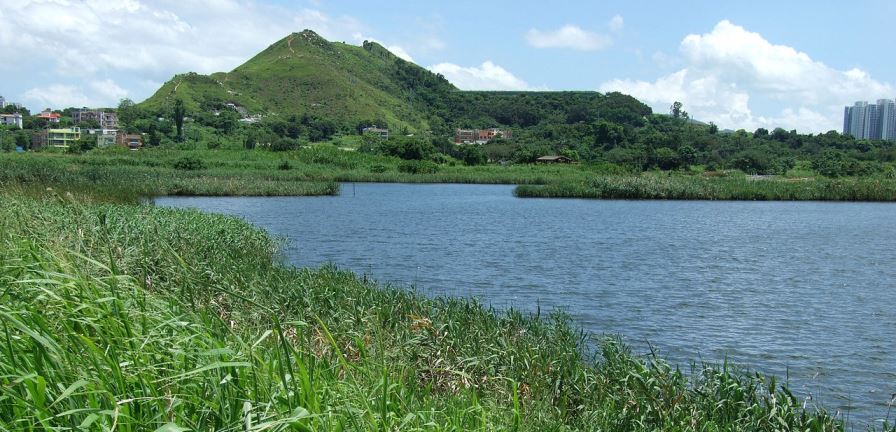Hong Kong‘s Wang Chau housing saga is an excellent example to illustrate the environmental dilemma over brownfield sites versus green belt land for development.
This earmarked area in Yuen Long of mostly brownfield site is not a bad choice for development, given its low ecological value. However, one thing is clear: there should be more rigorous control over the growth of such sites in Hong Kong.
Despite their relatively small share of total land, it would be a strategic move to prioritize development of brownfield sites, to avoid destroying green belt areas. A number of environmental problems could be triggered by clearing land of conservation value, such as loss of habitat, an impact on the microclimate, reduced ability of the land to act as a carbon sink, acidification, the disruption of the nitrogen cycle, and so on.
Therefore, the development of Wang Chau is a sound strategy purely from the perspective of land choice.
Green belts are a political fiction here: they are not protected in Hong Kong. In fact, the government’s “Long Term Housing Strategy” report in 2015 said 50 potential housing sites had been identified on green belt land.
Photo of Wang Chau by Chong Fat via Wikipedia.
See full article by Elizabeth Lai in the South China Morning Post.

